Unveiling the World of Canning: Water Bath vs. Pressure vs. Steam Canning
Introduction
Canning is more than a preservation technique; it’s a journey into the flavours of the past and a celebration of the bounties of the present. As you venture into the world of canning, you’ll encounter different methods, each with its own purpose and benefits. In this article, we unravel the distinctions between water bath canning, pressure canning, and steam canning to help you make informed decisions about preserving your harvest.
Water Bath Canning
Ideal for High-Acid Foods
Water bath canning is the go-to method for preserving high-acid foods. These include fruits, jams, jellies, pickles, and relishes. The natural acidity of these foods creates an inhospitable environment for harmful bacteria like Clostridium botulinum.
Method
- Prepare the food and place it in sterilized canning jars.
- Fill the jars with a boiling sugar syrup, juice, or water-based liquid.
- Seal the jars with sterilized lids and bands.
- Place the jars in a large pot filled with enough boiling water to cover the jars by at least an inch.
- Boil the jars for the recommended processing time to kill any bacteria and create a vacuum seal.
Water bath canning relies on the boiling water’s heat to kill bacteria and create a vacuum seal, preventing the growth of spoilage microorganisms.
Pressure Canning
Suitable for Low-Acid Foods
Pressure canning is essential for preserving low-acid foods, such as vegetables, meats, poultry, and soups. These foods have a pH level above 4.6, making them susceptible to the growth of Clostridium botulinum. The pressure canning process ensures that these foods are safely preserved.
Method
- Prepare the food and place it in sterilized canning jars.
- Seal the jars with sterilized lids and bands.
- Place the filled jars in a pressure canner, adding the recommended amount of water.
- Secure the lid and allow the canner to vent to release any air.
- Close the vent, increase the heat, and allow the pressure to build to the recommended level.
- Process the jars at the recommended pressure and time for the specific food being preserved.
- Gradually release pressure after the processing time and allow the canner to cool before opening.
Pressure canning raises the temperature inside the jars to levels above boiling, ensuring the destruction of harmful microorganisms and spores that can lead to food spoilage.
Steam Canning
Newer Approach to High-Acid Foods
Steam canning is a modern alternative to water bath canning, offering a quicker and energy-efficient method for preserving high-acid foods. It’s considered safe by the USDA for specific high-acid foods.
Method
- Prepare the food and place it in sterilized canning jars.
- Seal the jars with sterilized lids and bands.
- Place the jars on a rack inside a steam canner filled with a few inches of water.
- Bring the water to a boil, and steam will fill the canner and surround the jars.
- Process the jars for the recommended time, maintaining the steam temperature.
Steam canning heats the jars and their contents through steam, achieving temperatures similar to water bath canning. It’s a quicker process that uses less water and energy.
Key Differences
- Temperature: Pressure canning achieves higher temperatures than water bath canning or steam canning, making it suitable for low-acid foods.
- Equipment: Pressure canning requires a specialized pressure canner, while water bath canning and steam canning use standard canning equipment.
- Processing Time: Pressure canning often requires longer processing times due to the need for higher temperatures.
- Safety: Proper procedures are crucial for all methods, but pressure canning requires strict adherence to ensure food safety.
Conclusion
Each canning method offers a unique way to preserve and savour the flavours of the season. Whether you’re pickling crisp cucumbers, canning hearty soups, or creating vibrant jams, understanding the differences between water bath canning, pressure canning, and steam canning empowers you to confidently embark on your canning adventures.

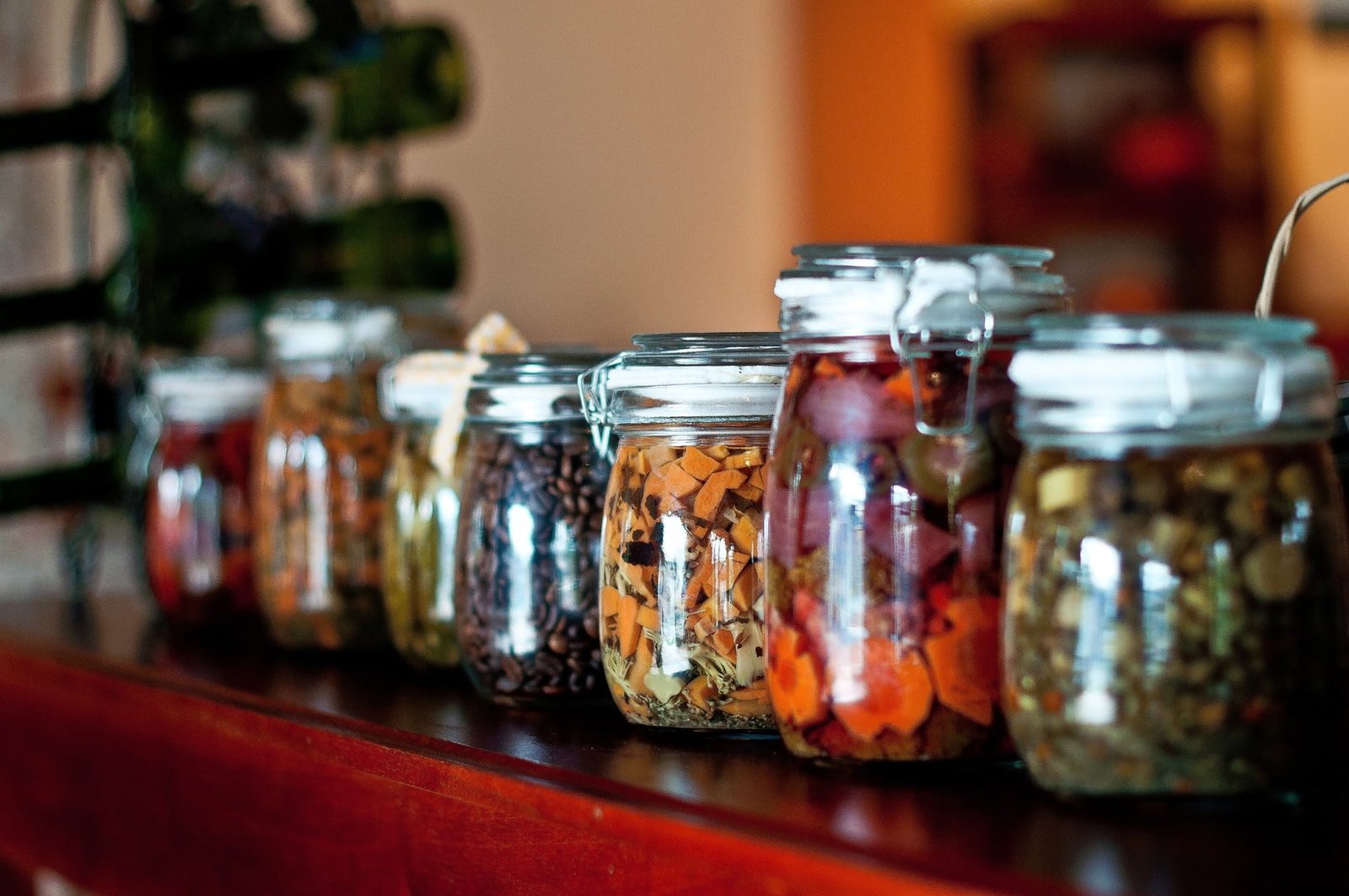

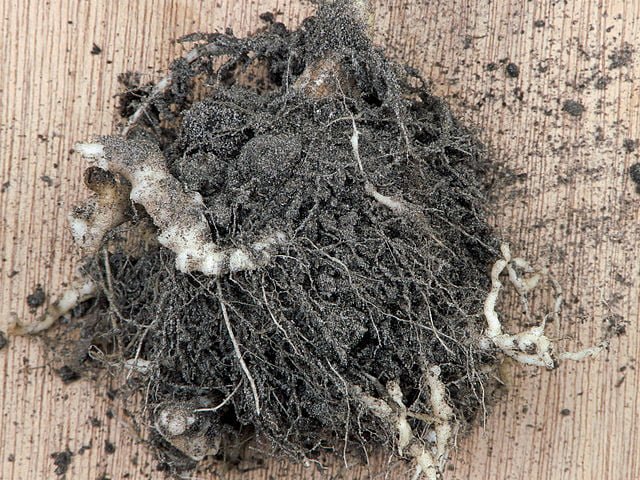
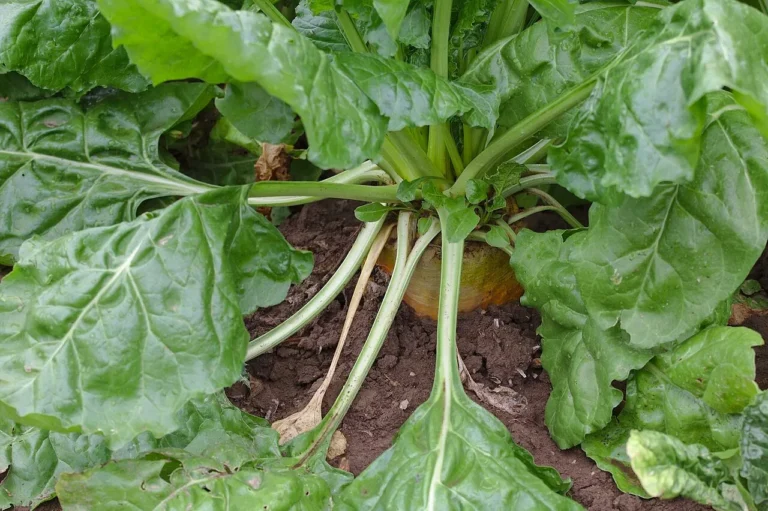
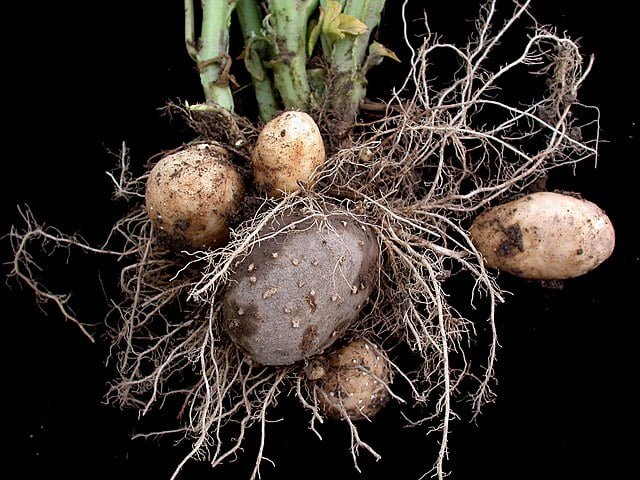
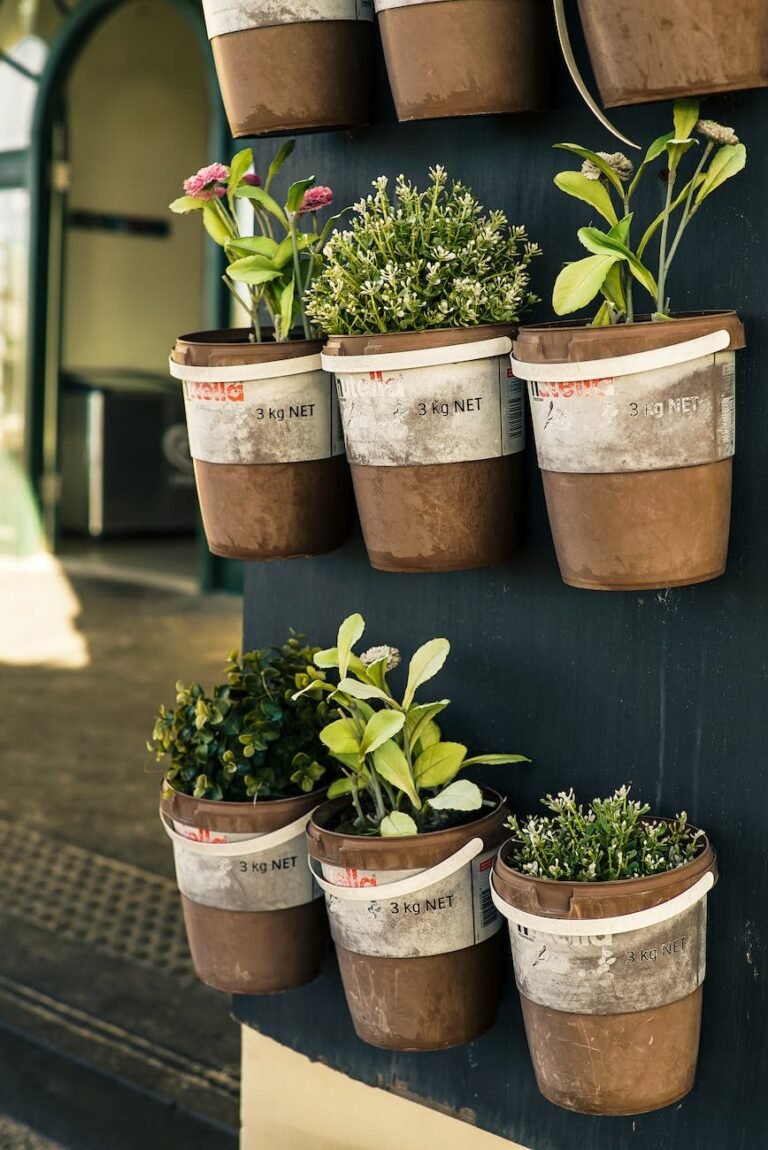
One Comment